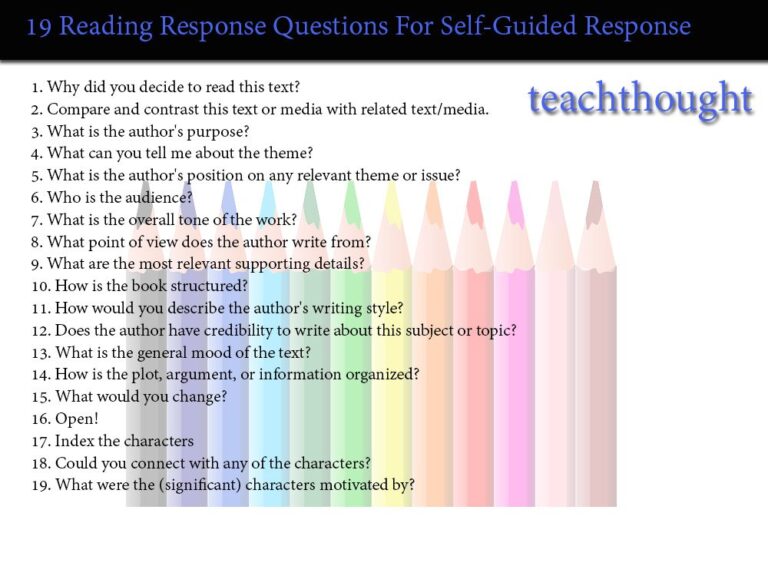What Is Body Language?
Body language is a metaphor that refers to the unspoken signals we send to others in direct or indirect interactions (digital or physical).
What Are Some Examples Of Body Language
Examples of body language include how you hold yourself, your mannerisms, posture, eye contact, stance, and even how you breathe. It also includes facial expressions, proximity to others, body position in space, eyebrow movements.
What are the cultural differences between eye contact and other forms of facial expression?
Other cultures view eye contact as a threat and lack of respect, and not the sign of confidence that many Western cultures view it as.
What are mannerisms?
Mannerisms are things that we tend to do–subtle or not-so-subtle behaviors–that characterize us to other people. Many of our mannerisms are subconscious, and we also read other people’s mannerisms subconsciously.
How Can You Improve Your Body Language?
By identifying the habits you have that don’t serve you well and adopting new habits that increase the engagement factor with other people, you can consciously improve your body language and hence your communication skills.
Body language, both the speaker’s and the audience’s, is a powerful form of communication that is difficult to master, especially if the speaker is nervous. This video will teach you how to use your body language effectively, read the audience’s body language and what to do when they look bored or disconnected. Use these tools to enhance your nonverbal communication abilities and better connect with your audiences.
Is it easy to change your body language habits?
It is rarely easy to change any long-standing habits, and body language is no different. At first, some of the techniques might seem awkward or forced, but most often it’s only you who feels that way. Others rarely notice and either way, you’re changing an ingrained habit! This takes practice–and for you to have patience with yourself.
Before we get into the specific methods of improving your body language, remember that no one gesture is universal. Things like eye contact, personal space, touching, handshakes, and more vary significantly not just from one country to another, but also within countries as well.
So, how do you improve your body language?
10 Tips For Improving Your Body Language
1. Smile! It’s contagious. Smiling makes people feel good about themselves. And when they like what they see, it can make them want to do things for you. So smile at everyone you meet—and watch their smiles return.
2. Stand up straight. When you slouch, you look unconfident and weak. But if you’re standing tall with shoulders back and chin lifted, you project confidence and strength.
3. Make eye contact. This lets people know that you’re paying attention to them. If you keep your eyes on theirs, they’ll probably follow yours.
4. Use hand gestures. Gestures help us communicate nonverbally. For example, crossing your arms over your chest sends out signals that say “I’m closed off.” Instead, use open palms to show openness.
5. Don’t cross your legs. Crossing your legs may signal defensiveness or insecurity. Keep your feet flat on the floor instead.
6. Sit upright. Sitting too close to another person puts him/her in charge. Move farther apart so both parties feel equal.
7. Lean forward slightly. Leaning toward someone shows interest; leaning away says you’d rather avoid conversation.
9. Don’t fidget. Fidgeting means something different depending on where you’re sitting. Some places call for constant movement: The subway car, the dentist’s chair, and the airplane seat next to the window all require frequent shifting. Other times, such as during a job interview, you should stay still.
10. Practice and patience matter. New behaviors take time, and your mindset about your efforts will likely determine the success of your attempt to improve your body language at work, in school, or in social interactions with friends.
Bonus: Mirror others. By adopting the body language of those around you, you (depending on the circumstance) you send the message that you’re not a threat and are embedding yourself in that group–a sign of confidence and community.






